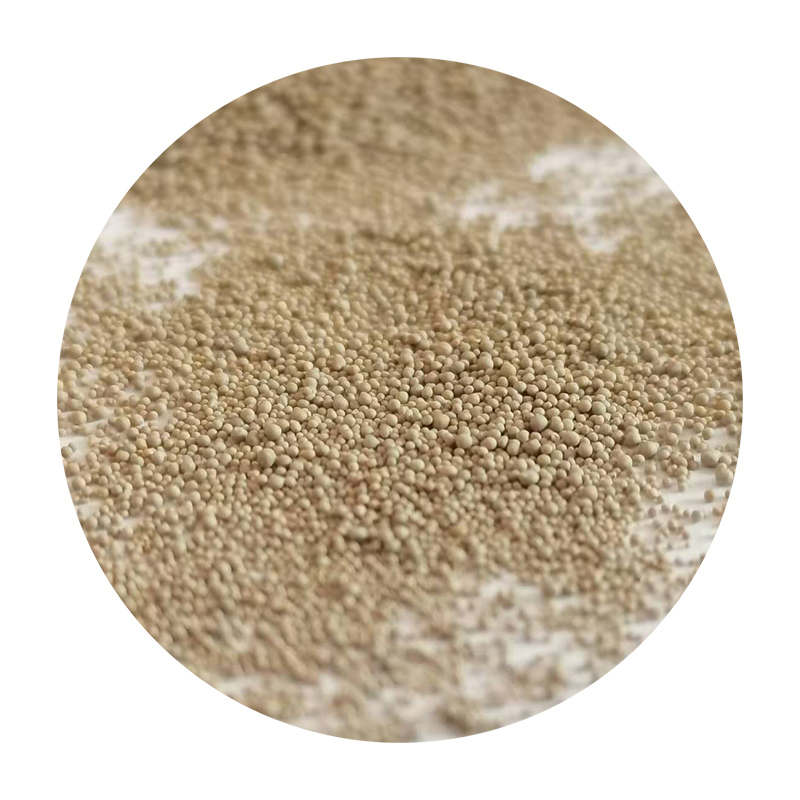Understanding the Cost Factors of Sand Casting
Sand casting is a widely used manufacturing process for creating metal parts and components, especially in industries such as automotive, aerospace, and machinery manufacturing. One of the primary concerns for manufacturers and businesses is the price associated with sand casting. Understanding the factors that influence the cost of sand casting is essential for making informed decisions.
1. Material Costs
The choice of metal significantly impacts the overall price of sand casting. Common metals used in sand casting include aluminum, iron, and bronze, each possessing different material costs. For instance, aluminum is generally cheaper than bronze but may not offer the same strength and durability. Additionally, the cost of raw materials can fluctuate based on market demand and availability, resulting in varying prices for sand casting projects.
2. Mold Creation
The process of creating molds is a crucial step in sand casting, and it involves significant labor and material costs. Molds can be made from various materials, including steel, which tends to be more expensive but offers durability and longevity. The complexity of the mold design also influences the cost; intricate designs require more time and skill to produce, leading to higher prices.
3. Labor Costs
sand casting price

Labor costs are a major component of the total price of sand casting. The skill level required to operate machinery, prepare molds, and oversee the casting process can vary widely, impacting overall labor expenses. Additionally, regions with higher labor costs will see increased prices for sand casting services. Companies need to consider the trade-off between labor costs and the quality of work produced.
4. Production Volume
The scale of production can also dictate the price of sand casting. For low-volume production runs, the cost per piece is generally higher due to the fixed costs associated with mold creation and setup. In contrast, high-volume orders often lead to lower costs per unit, as the initial investment is spread over a larger number of pieces. Businesses must evaluate their production needs when calculating the cost-effectiveness of sand casting.
5. Post-Casting Processes
After casting, components often require additional processes such as machining, finishing, or assembly, which can further inflate costs. The level of post-casting treatment needed will depend on the intended application of the final product, impacting the overall price of the sand casting project.
Conclusion
In summary, the price of sand casting is influenced by a variety of factors, including material costs, mold creation, labor expenses, production volume, and post-casting processes. Understanding these elements allows businesses to better navigate their budget and make informed choices regarding their manufacturing needs. By carefully considering these aspects, companies can optimize their sand casting investments for maximum efficiency and profitability.
Post time:नोभ . 02, 2024 04:28
Next:is sand casting sustainable
